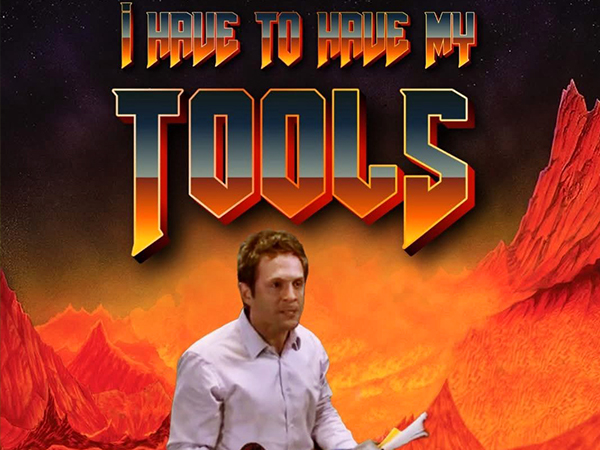These branding wizards revolutionized nonprofit design—and now they’re starting their own agency

While working as a creative director at the nonprofit Charity: Water, Tyler Riewer kept getting variations on the same question from other nonprofits: How had the organization built a wildly successful brand?
When it launched in 2006, the nonprofit immediately looked different from traditional nonprofits. It was modern, optimistic, and radically transparent. It told personal stories that people wanted to share. It experimented with new ideas like peer-to-peer fundraising. To date, it’s raised more than $1 billion for clean water projects around the world.
The creative team freely offered advice, but they always wanted to be able to do more. That’s why Riewer and three other former Charity: Water coworkers are now launching an agency of their own.
The agency is called Mutiny for Good—a name that’s tongue in cheek but also represents what its founders genuinely feel, says Anthony Marinos, who previously led business development and partnerships at Charity: Water.
“We cannot sit idly by while others try to shape our world into something that we don’t believe in,” Marinos says. “There’s so much negativity at the moment. We really feel like we can channel our expertise, our optimism, our excitement for this sector as a whole, to help uplift the messages and tell those stories that are often either being ignored or buried or going completely untold.”

A turning point came earlier this year. “We knew there was an opportunity to help share our expertise with the wider nonprofit community—but the thing that really gave us purpose was the pressure being applied to the sector from the outside right now,” Riewer says.
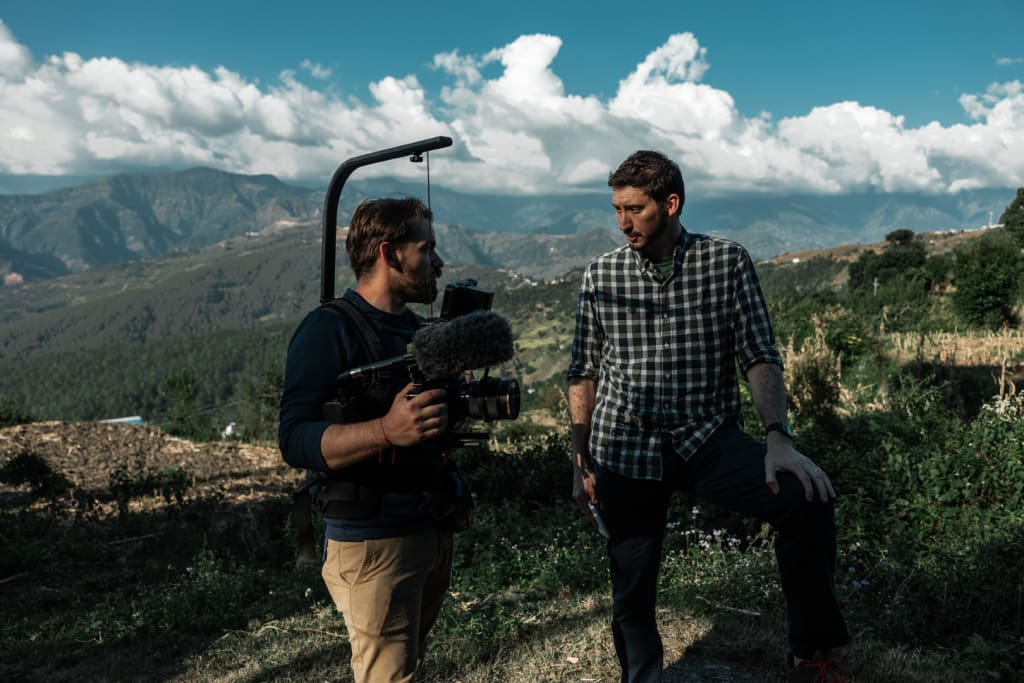
“We were filming a video for Charity: Water in Ethiopia when the USAID cuts were announced earlier this year. We were in a woman’s home, and behind her was a bag of flour with the words, ‘From the American People.’ That food saved lives and was one of the few reliable things when her country was going through civil war. And then bam . . . gone overnight,” he says.
“We just had this collective moment where we felt like ‘doing good’ was under attack. And we all felt an immediate obligation to do more.” (Also, Charity: Water had relocated its headquarters from New York City to Nashville and was asking remote employees to move; the founders felt like the timing was right for them to go in a different direction.)
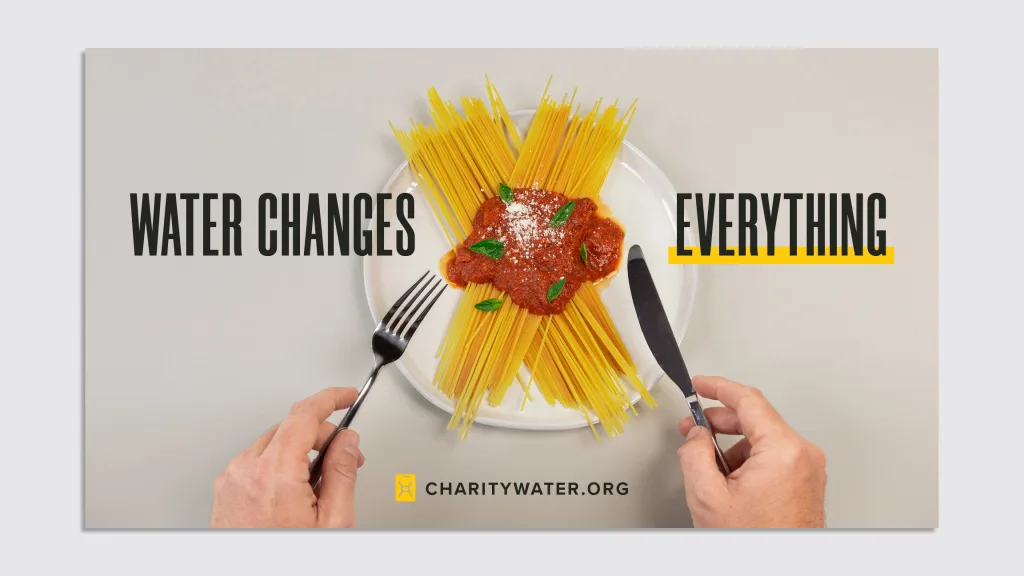
For many nonprofits, branding is still an afterthought. That might be especially true now, as nonprofits face funding cuts while simultaneously dealing with the fallout from changing federal policy on everything from immigration to the environment. But it doesn’t have to be expensive “to arm small nonprofits who don’t have much budget with tools that they need to be successful,” Riewer says. Along with Riewer and Marinos, the founding team includes Kristina Brumby, a design director at Charity: Water, and Kelly Herrington, who was creative and video lead at the nonprofit.
Charity: Water launched after founder Scott Harrison—previously a hard-partying nightclub promoter in New York City—quit his job, volunteered in West Africa, and saw firsthand the devastating impact of polluted drinking water. When he returned to New York, Harrison asked friends at his next birthday party to donate money to help rebuild wells at a refugee camp in Uganda.
He documented the work in detail so that his friends would know where their money had gone. That idea helped spark the nonprofit, which later invited donors to host their own fundraising parties—and which promised new transparency in showing how the nonprofit used funds. From the beginning, it presented itself differently than others in the space.
Instead of bleak photos of suffering children that make potential donors feel a sense of guilt, the organization focused on “after” images of people who were thriving, and used bright, optimistic branding. Charity: Water’s branding focused on storytelling, helping people feel an emotional connection with individuals whose lives changed because of clean water. And the nonprofit was early to embrace social media. The brand made donating feel cool and empowering. Harrison described his mission as “reinventing” charity.
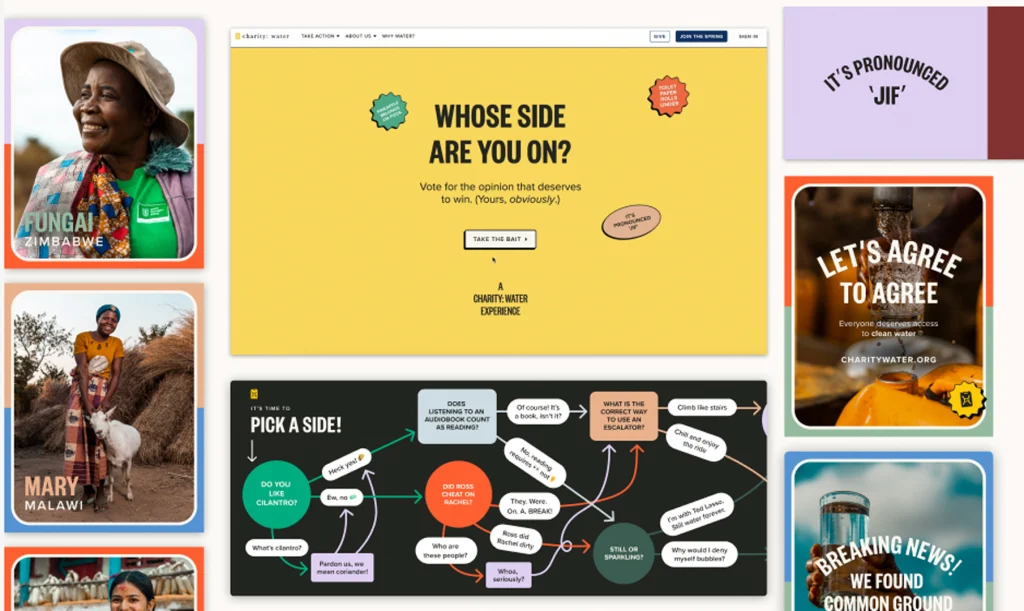
That approach is still rare in the nonprofit world. Right now, the team says, the ads that are most successful at making someone have an emotional reaction tend to be for products, not causes. But that doesn’t have to be the case. If an ad is for a dog food company, “Why did Farmer’s Dog make this ad instead of the ASPCA?” Marinos asks.
A nonprofit might not have the budget to buy ad space on streaming platforms. But if an ad genuinely connects with people, it can work just as well on YouTube. The Mutiny for Good team plans to encourage clients to take risks and experiment with new messaging, the strategy that helped make Charity: Water successful. (One recent Charity: Water video, for example, starts with the words, “Charity sucks.” Another asks viewers to imagine that they’re a 6-year-old girl growing up in poverty in a rural part of the developing world.)
Mutiny for Good aims to work with a wide range of organizations, from local groups to national and international organizations. One of its first clients is Ho‘okua‘āina, a nonprofit in Hawaii that mentors youth on a farm growing traditional crops like taro.
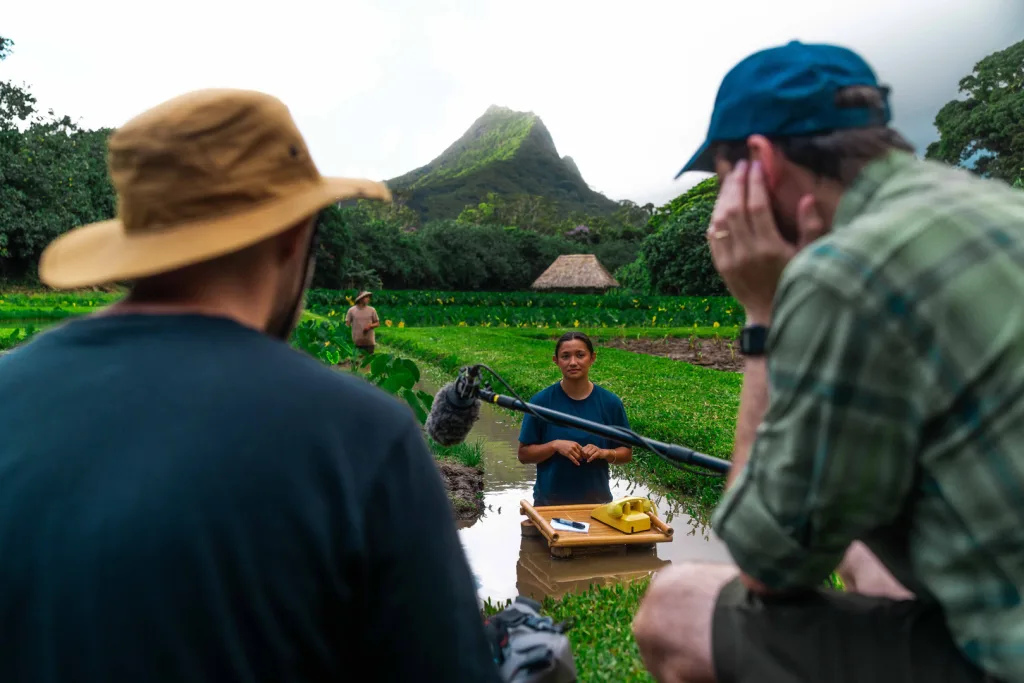
“The thing that we’ve been hung up on lately is for-profit brands outspend nonprofits on advertising by 100 to 1,” Riewer says. “The answer is not necessarily that you need to throw money at this. It is, you need to see yourself as a competitor and you need to step on the field. You solve it by finding meaningful ways, human ways, to connect with people and tell your story. If you can do that, you can compete with the for-profit space.”
Riewer adds: “Why don’t world-changing organizations have world-class creative and strategy? We believe that they should and they can.”
What's Your Reaction?
 Like
0
Like
0
 Dislike
0
Dislike
0
 Love
0
Love
0
 Funny
0
Funny
0
 Angry
0
Angry
0
 Sad
0
Sad
0
 Wow
0
Wow
0








































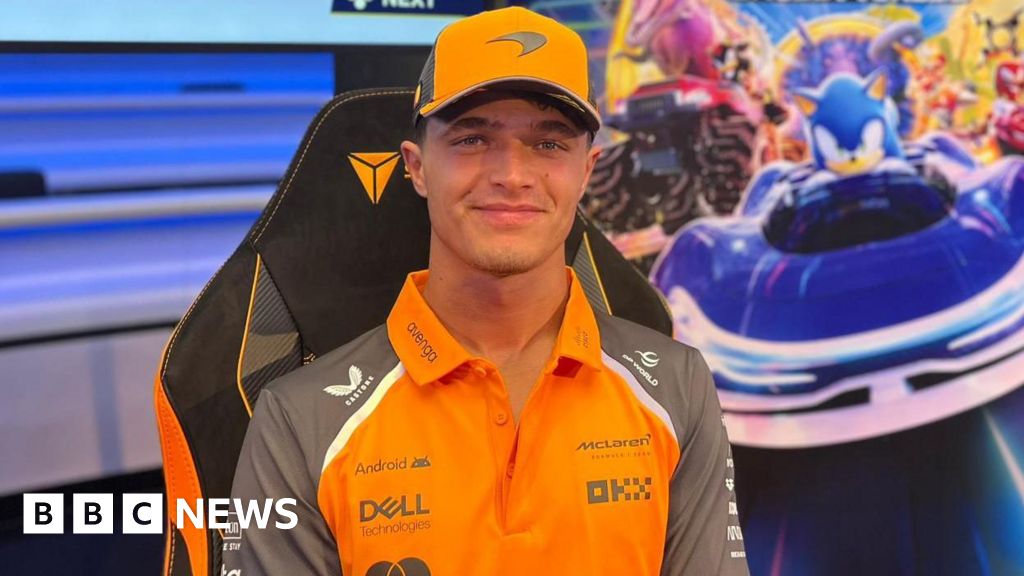




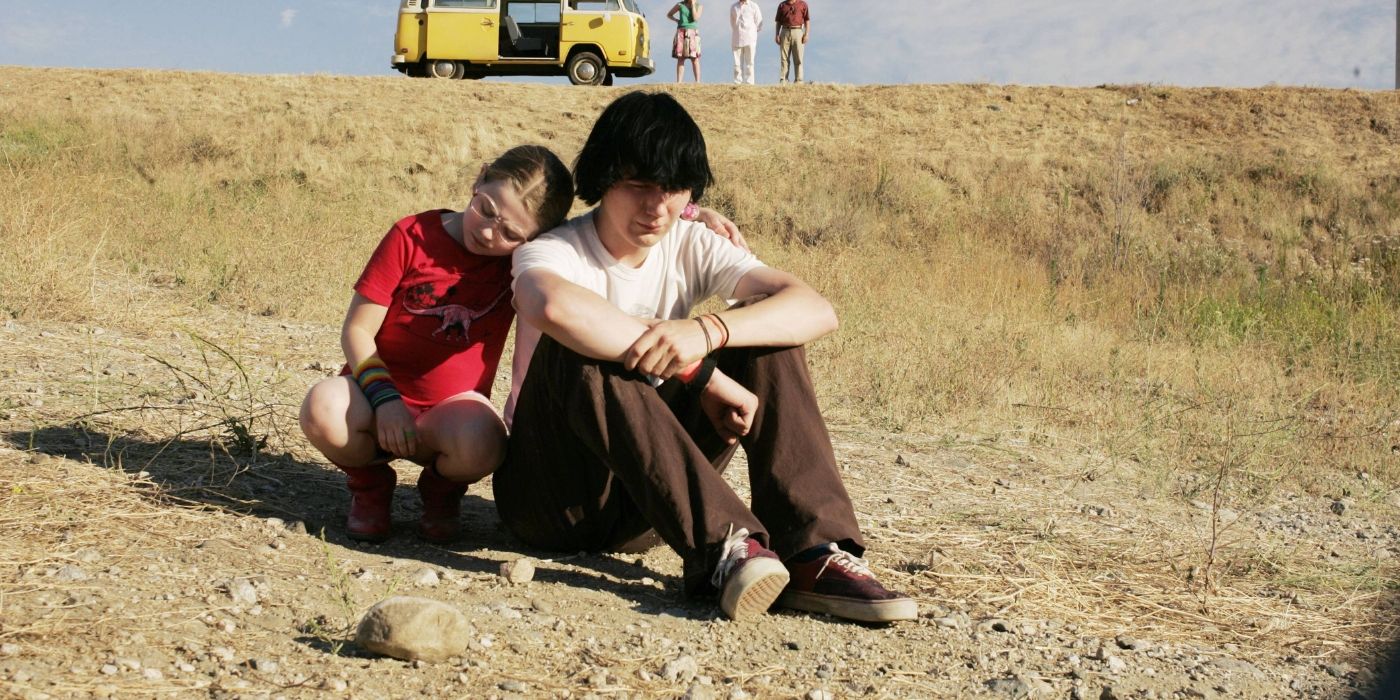

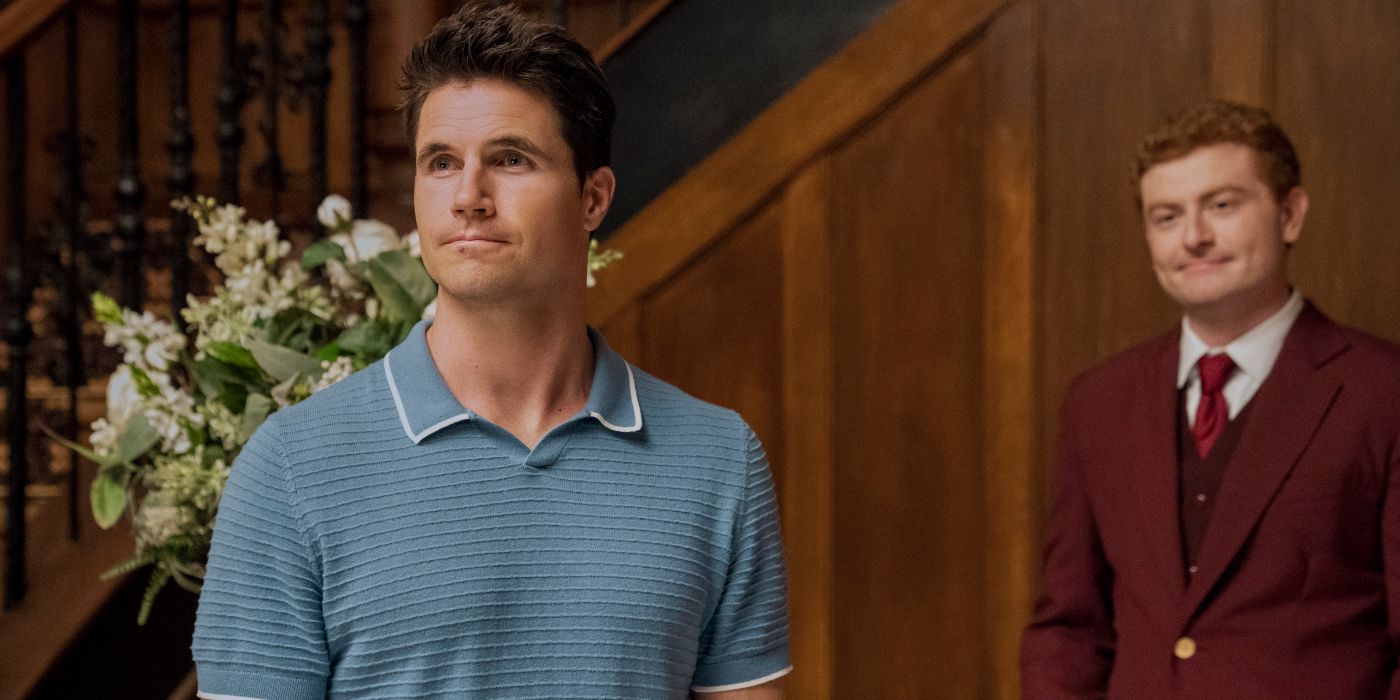


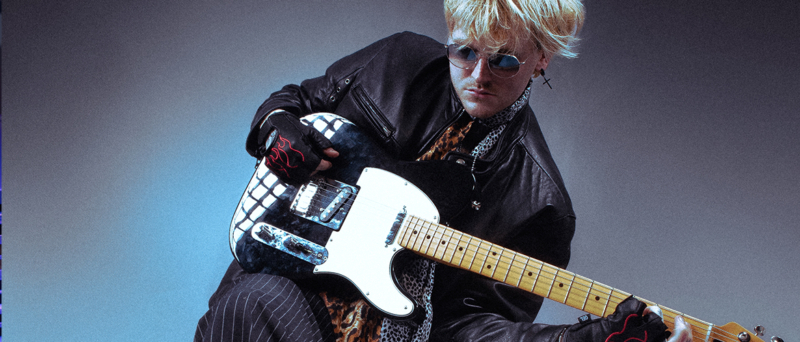

![[Interview] JUNHEE dives into solo debut "Supernova," upcoming mini-album and his musical journey so far](https://earmilk.com/wp-content/uploads/2025/08/Screenshot-2025-08-29-at-12.05.38-AM-800x526.png)











